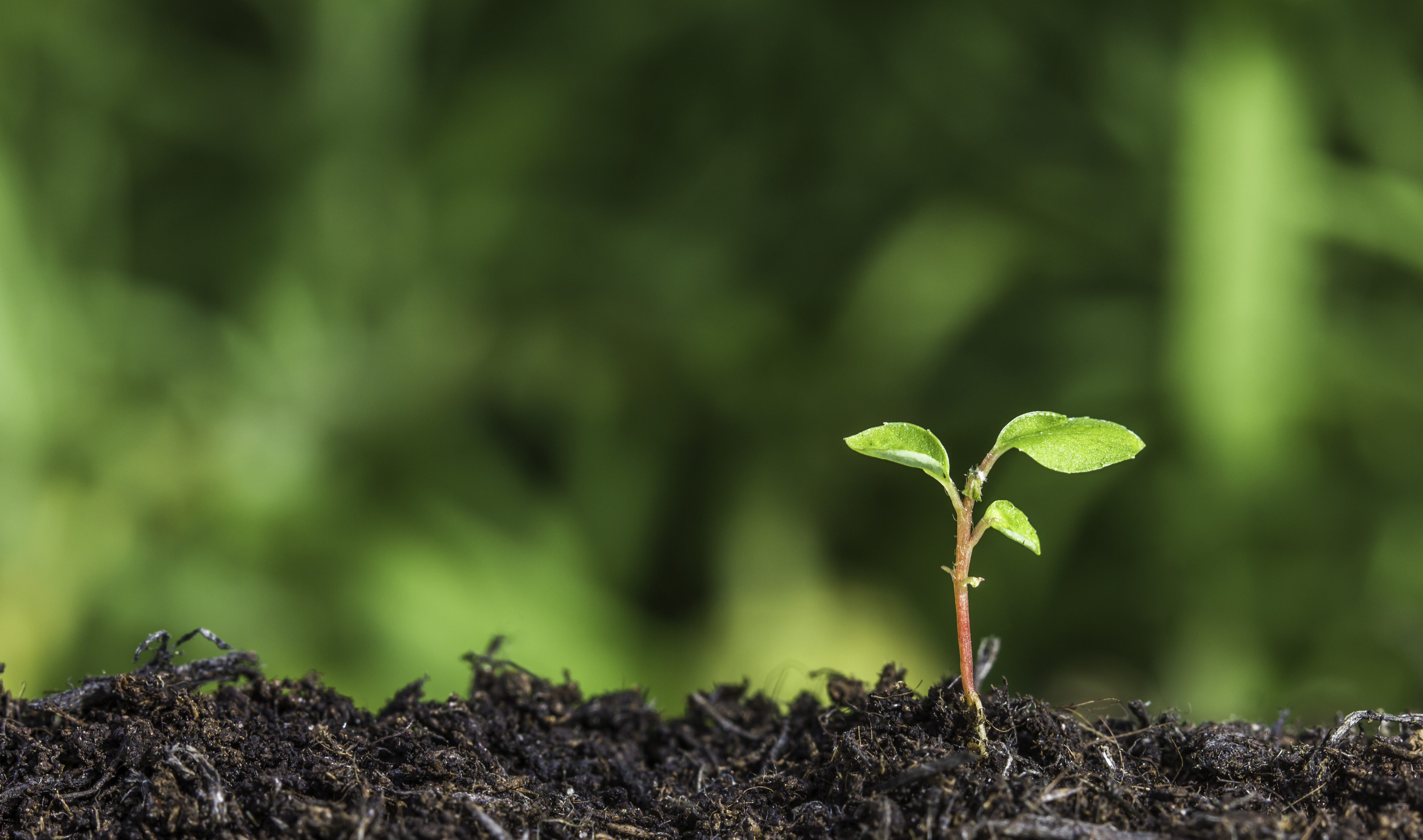If I had a single psychological metric to assess the effectiveness of leaders, it would be mindset. While a fixed mindset is associated with the inability to change and adapt over time, a growth mindset can be an indicator of one’s ability to learn and evolve.
What is a Growth Mindset?
In her seminal book, Mindset, Carol Dweck shows how mindset impacts both how we do things as well as our potential. Specifically, Dweck differentiates between people who have fixed versus growth mindsets; a distinction, she maintains, that impacts how we navigate life and especially how we deal with achievement and failure.
As Dweck explains, “Individuals who believe their talents can be developed (through hard work, good strategies, and input from others) have a growth mindset. They tend to achieve more than those with a more fixed mindset (those who believe their talents are innate gifts). This is because they worry less about looking smart and they put more energy into learning.”
No one is only fixed or only growth. Most people have a mix of both, which fluctuate depending on the situation, environment, and challenge. Mindsets are also impacted by one’s upbringing. While children’s mindsets are more malleable, anyone can change. As Dweck says, “Your mind is like a muscle. The more you use it, the more it grows.” But how can one exercise their mind?
Cultivating Mindset
First, we need a clear sense of our orientation to both rigidity and growth. Next, we need to understand what triggers us towards growth – when we are comfortable taking risks, trying new things, and accepting new challenges. Conversely, we need to look honestly at what triggers us to revert to a fixed mindset.
There are a lot of variables that impact the mindset we ultimately embrace. What Dweck makes clear is that people who embrace a growth mindset and do so more often are also more likely to find ways to break out of tired old habits and more likely to tap into flow. Why? Because when you’re in a growth mindset, you’re always looking for solutions. You’re open to change. When you adopt a growth mindset, you’re already open to the idea that there may be more than one way to tackle a problem.
Growth Mindset in Action
For a few days last summer, I was at my cottage engaged in an intense period of writing and client engagement while my husband and two young children were back at home in Cambridge, Massachusetts. One day, my husband called to recount a horrifying, yet obviously growth-mindset-inspired story: He had woken up to our two-year-old daughter standing on the bed with a huge chunk of cheese in one hand and a large knife in the other hand. (Cue my horror!) Once we took a moment to step back, one thing was clear—our daughter was certainly demonstrating a growth mindset in action.
Adeline was hungry, and since my husband was still sleeping, she adapted by getting out of bed, going to the kitchen, finding an entire block of cheese, and then apparently rummaging through a drawer – which we didn’t even know she could reach – to find the right tool to cut the cheese. To her credit, she realized she may need a bit of help with the final step, so rather than put herself as risk, she simply brought the cheese and large knife to Mark in bed.
As a potential disaster narrowly averted, this scenario no doubt is a 10/10. However, as an example of what the growth mindset looks like in action, this scenario is also a 10/10. After all, Adeline had a goal, used all her knowledge and available resources to pursue that goal, and even knew when to turn to a trusted member of her team for assistance. While the ability to source large chunks of cheese for breakfast may or may not serve Adeline well over time, what is clear is that her growth mindset—and its ability to help her problem solve—will serve her well. As for Mark and I, since the cheese and knife incident, we have used our own trouble-shooting skills to carry out a major reorganization of our kitchen tools!
Keep reading to learn more about the difference between a fixed and growth mindset.


